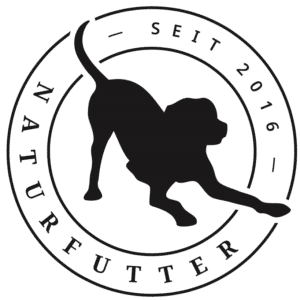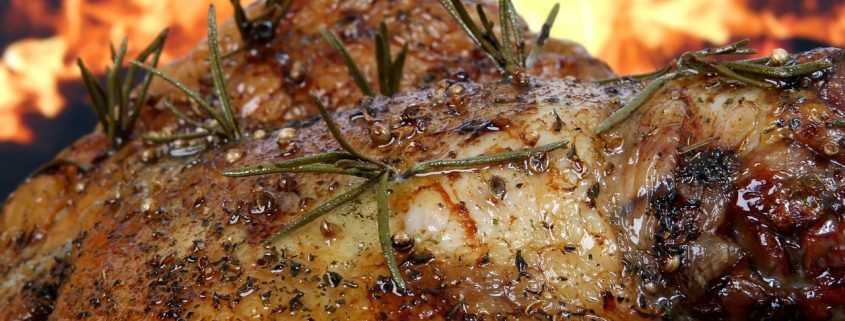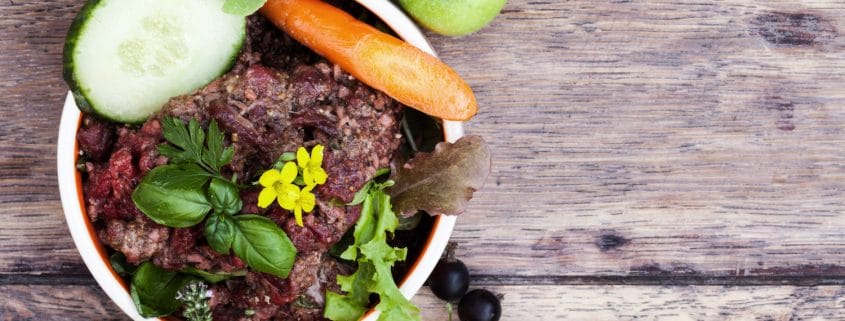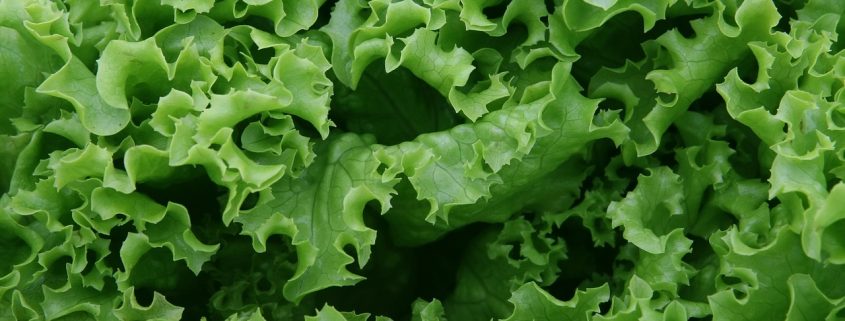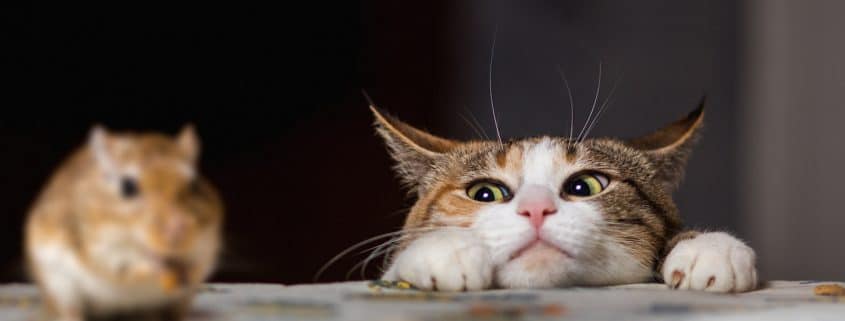Christmas is just around the corner and one or the other of us is looking forward to the holiday roast or Christmas goose! And of course we also want our dogs and cats to get a special treat for Christmas!
Unfortunately, this often backfires. Because some dogs and cats react rather with vomiting or diarrhea to the unfamiliar food. And a well-intentioned feeding of the strongly spiced sauce or the leftover bones of our tasty Christmas dinner, ends in the worst case for our dog in the veterinary hospital.
Rather surprise your four-legged friend with a tasty chew item such as dried beef or rabbit ears or delicious dried or fresh chicken necks. Chicken necks are also a great Christmas snack for cats.
So that it can be a merry Christmas for all, here again an overview of the types of meat that you can basically feed and what to consider when feeding bones! Even if Christmas is beautifully long gone!
The animal portion of the ration should be about 70% for the dog and about 95% for the cat! No matter whether you feed barfen, dry food or wet food.
To keep your pet healthy, it is important to bring variety into the bowl. The variety ensures that he or she regularly gets all the necessary vitamins, minerals, trace elements and vital substances! However, 2-3 different protein sources in alternation are completely sufficient!
It applies: in principle, all types of meat can be fed!
Attention. The following list applies to healthy animals that do not have to do without certain foods due to illness!
Beef, sheep, goat, lamb:
- Muscle meat such as head meat, cheek meat, diaphragm meat (crown meat), stab meat (neck), mouth meat, tongue meat, leg meat, tail meat, heart, etc.
- Offal like liver, kidney, rumen (green), lung
- Hooves, teeth, ears, horns to gnaw and chew on
Poultry: ducks, chickens, turkeys, pheasants
- whole, minced or in cuts
- Meat, cartilage, bones (only raw!!!), offal, necks.
- WARNING! Goose necks are very fat
- Day-old chicks represent a complete prey animal
Game: excellent source of meat if you have a good source of game meat
Horse: all parts as for cattle
- is often used in case of allergies, as far as the animal has never been given this protein source before
Pig:
- only from organic farmers, or from a reliable source, since pork can contain the Aujeszky virus, which is dangerous and usually fatal for dogs and cats.
Fish: Bones can be fed with raw fish without any problems
- Fish can be fed as a whole or as a fillet
- Saltwater fish: redfish, herring, tuna, cod, salmon, mackerel, dorade
- Freshwater fish: catfish, pike-perch, trout, carp, pike...
- because of the heavy metal pollution in the sea please pay attention to the origin or switch to freshwater fish
- No Pacific salmon due to rickettsiae contamination -> 4-6 weeks freezing at -18°C renders the pathogens harmless
- ATTENTION: when feeding whole fish in front of fishhook
Bones: always feedraw
- Feed raw meaty bones (RFK) with a meat content of 50%.
- Do not leave especially inexperienced dogs unattended in the process
- for small, young or old dogs are suitable softer RFK such as chicken necks, chicken carcasses, rabbit carcasses, or the like (be careful with bones from old chickens! These bones can be brittle and break off sharp parts).
- experienced and larger dogs can also get harder bones like: Turkey necks, duck necks, lamb ribs, venison ribs, veal breast bone or beef breast bone.
- Bones can be replaced by adding eggshells (powder), deer horn meal or algal lime.
Offal:
- Liver, kidney, spleen, lung, heart ( heart strictly speaking counts as muscle meat).
- Offal can alternatively be replaced by the addition of brewer's yeast, cod liver oil and egg yolk
Fat: To supplement the fat content of the ration, fats such as lamb fat, lard, goose fat or coconut fat can be added. This is also recommended for Barf menus whose raw fat content is less than 10%.
We wish you happy holidays!
